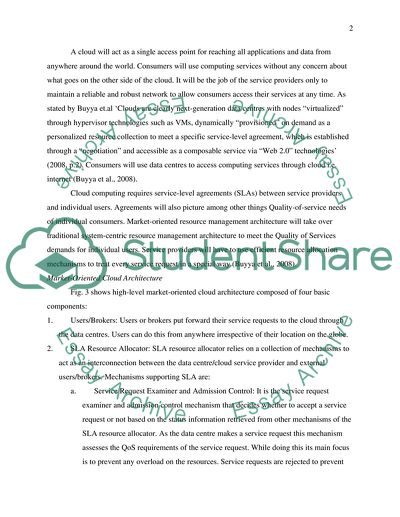Cite this document
(“Cloud Computing in the IT Industry Essay Example | Topics and Well Written Essays - 5000 words”, n.d.)
Cloud Computing in the IT Industry Essay Example | Topics and Well Written Essays - 5000 words. Retrieved from https://studentshare.org/information-technology/1719213-cloud-computing-computer-science-essay
Cloud Computing in the IT Industry Essay Example | Topics and Well Written Essays - 5000 words. Retrieved from https://studentshare.org/information-technology/1719213-cloud-computing-computer-science-essay
(Cloud Computing in the IT Industry Essay Example | Topics and Well Written Essays - 5000 Words)
Cloud Computing in the IT Industry Essay Example | Topics and Well Written Essays - 5000 Words. https://studentshare.org/information-technology/1719213-cloud-computing-computer-science-essay.
Cloud Computing in the IT Industry Essay Example | Topics and Well Written Essays - 5000 Words. https://studentshare.org/information-technology/1719213-cloud-computing-computer-science-essay.
“Cloud Computing in the IT Industry Essay Example | Topics and Well Written Essays - 5000 Words”, n.d. https://studentshare.org/information-technology/1719213-cloud-computing-computer-science-essay.


